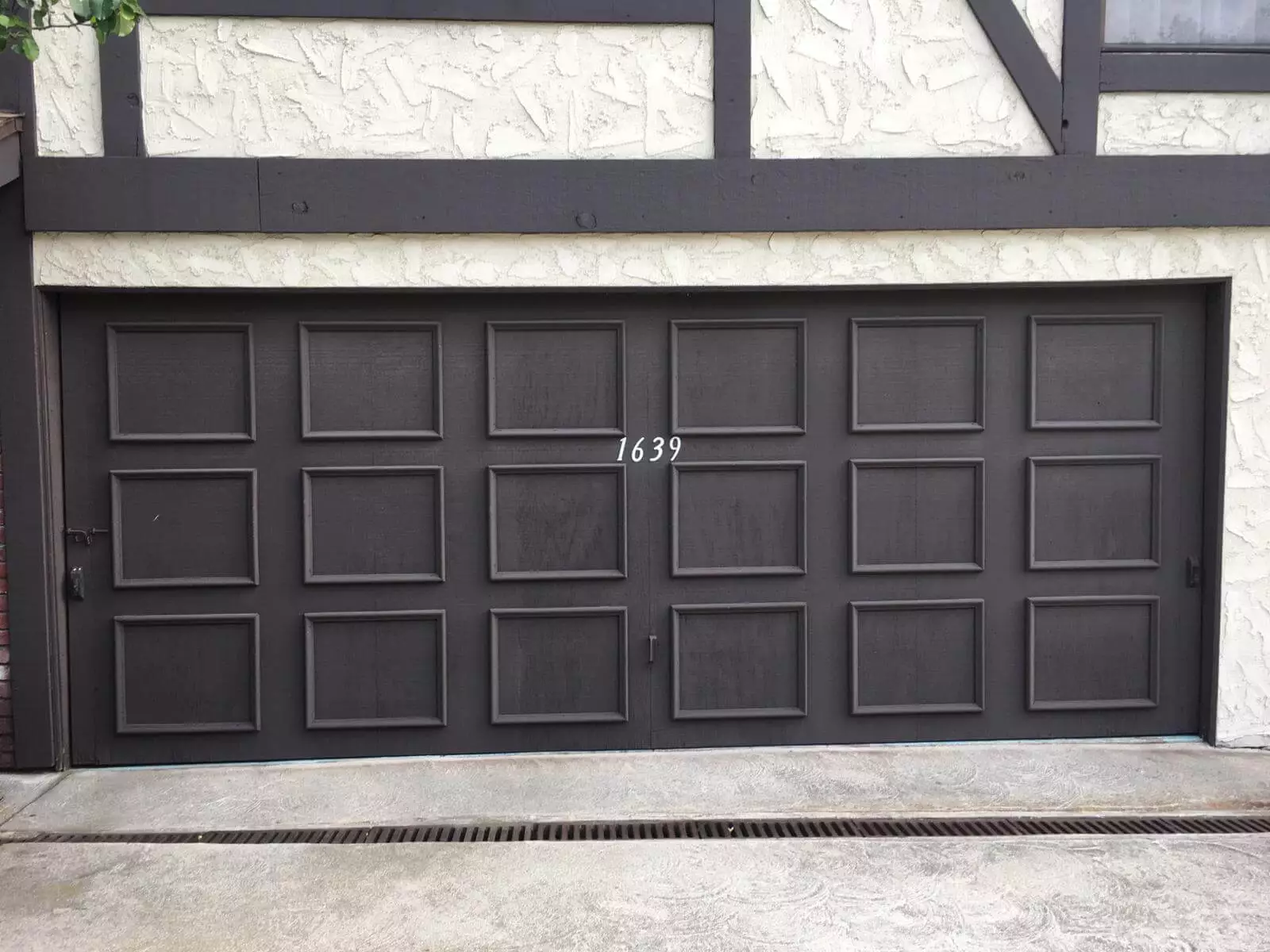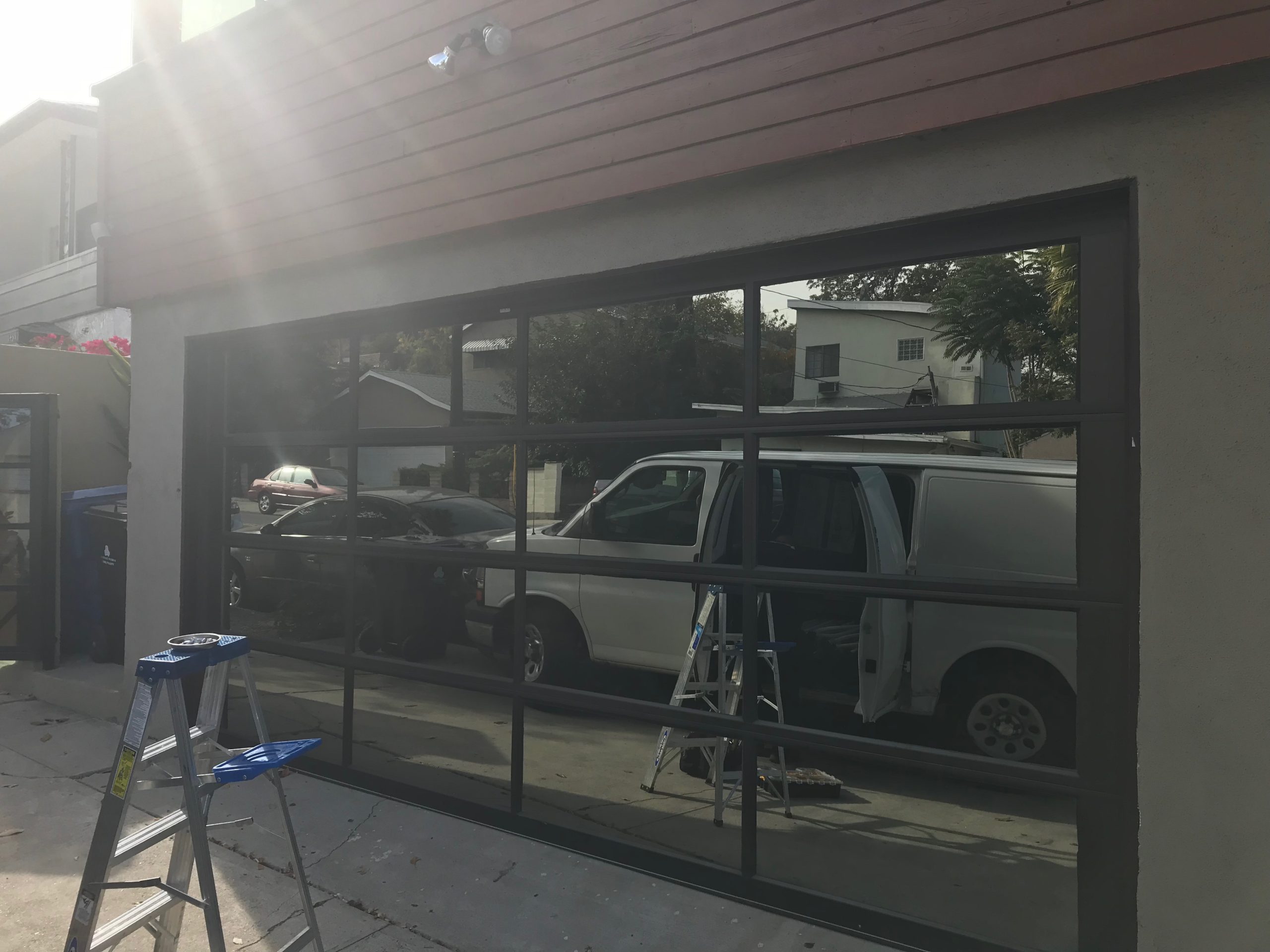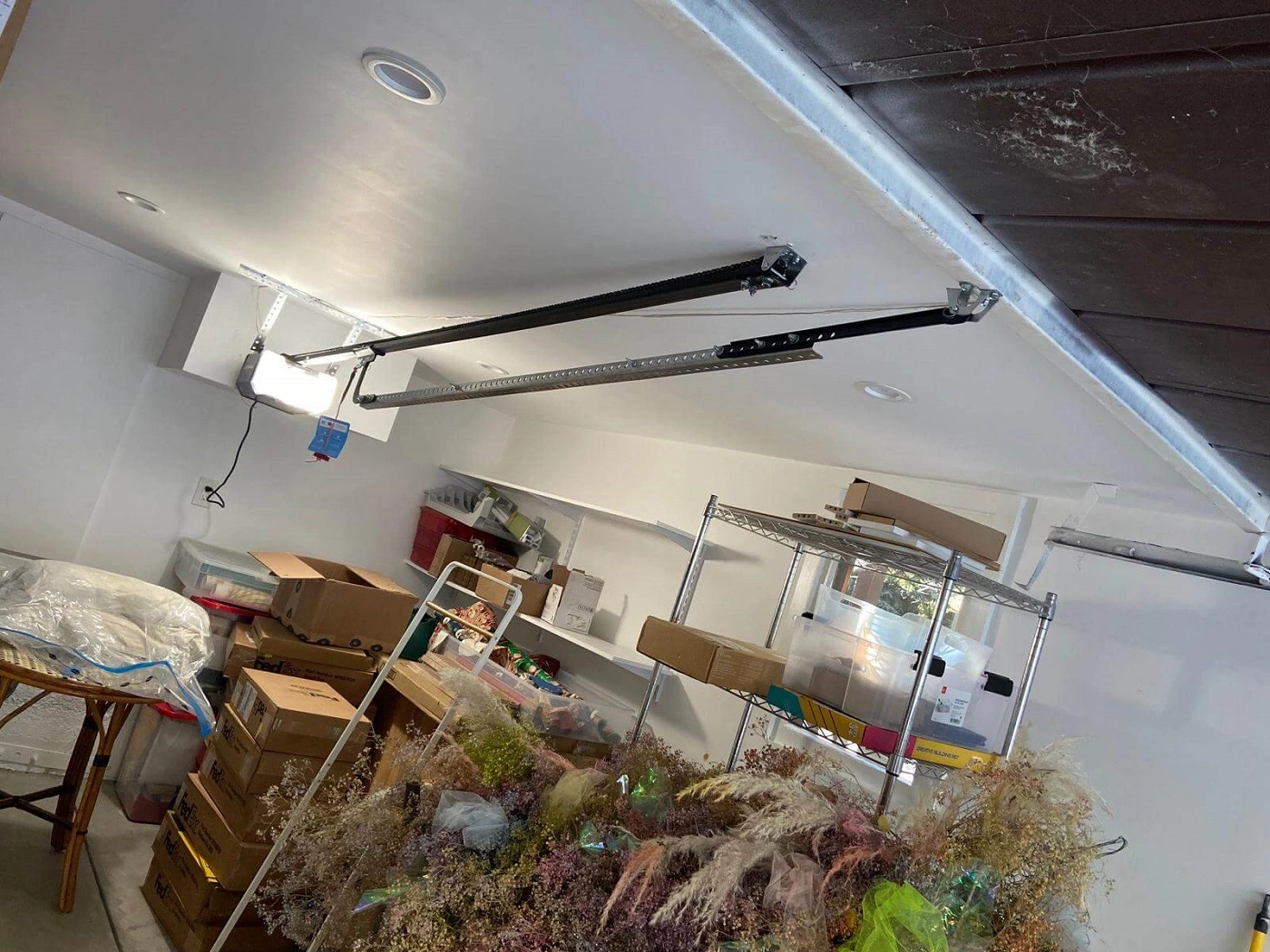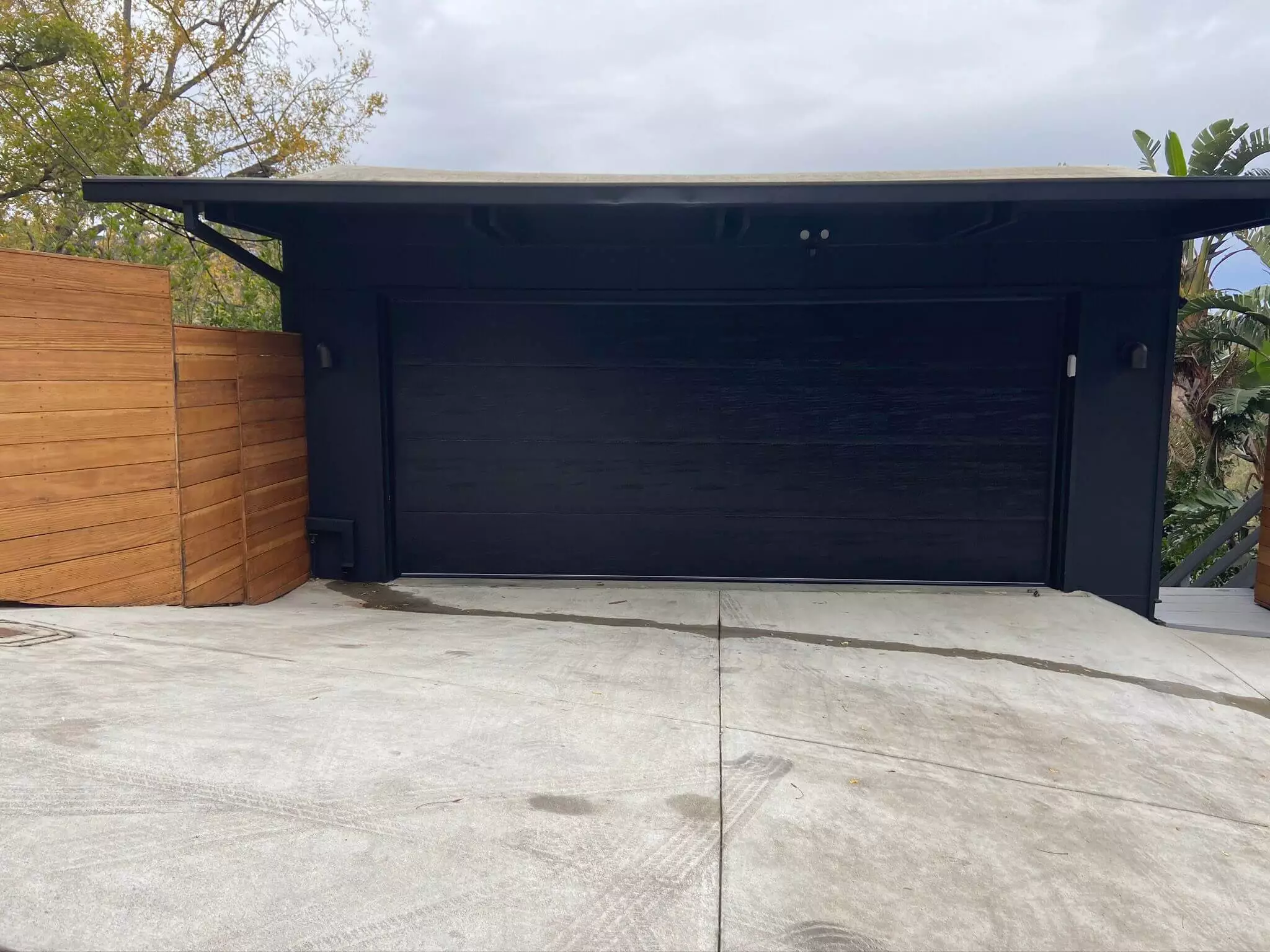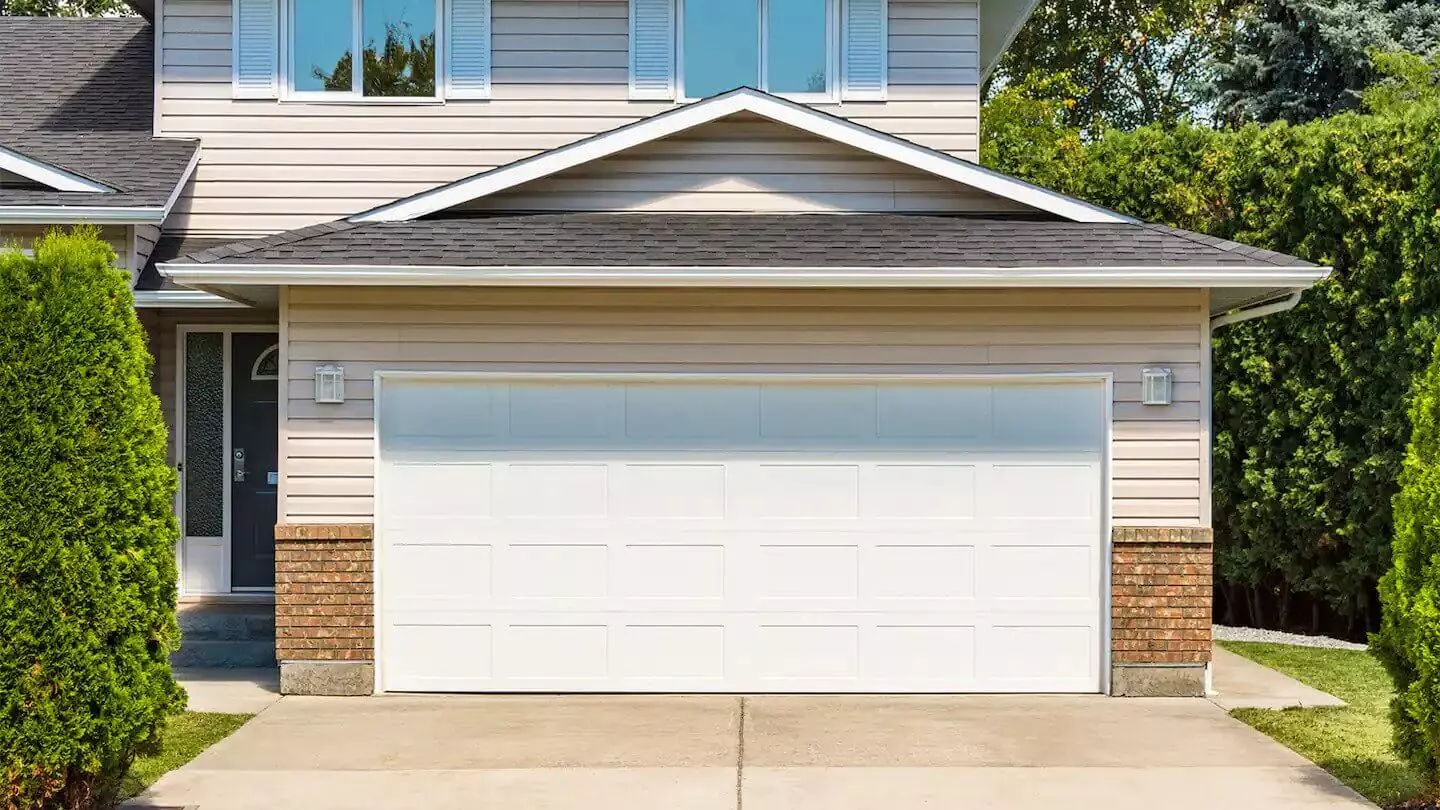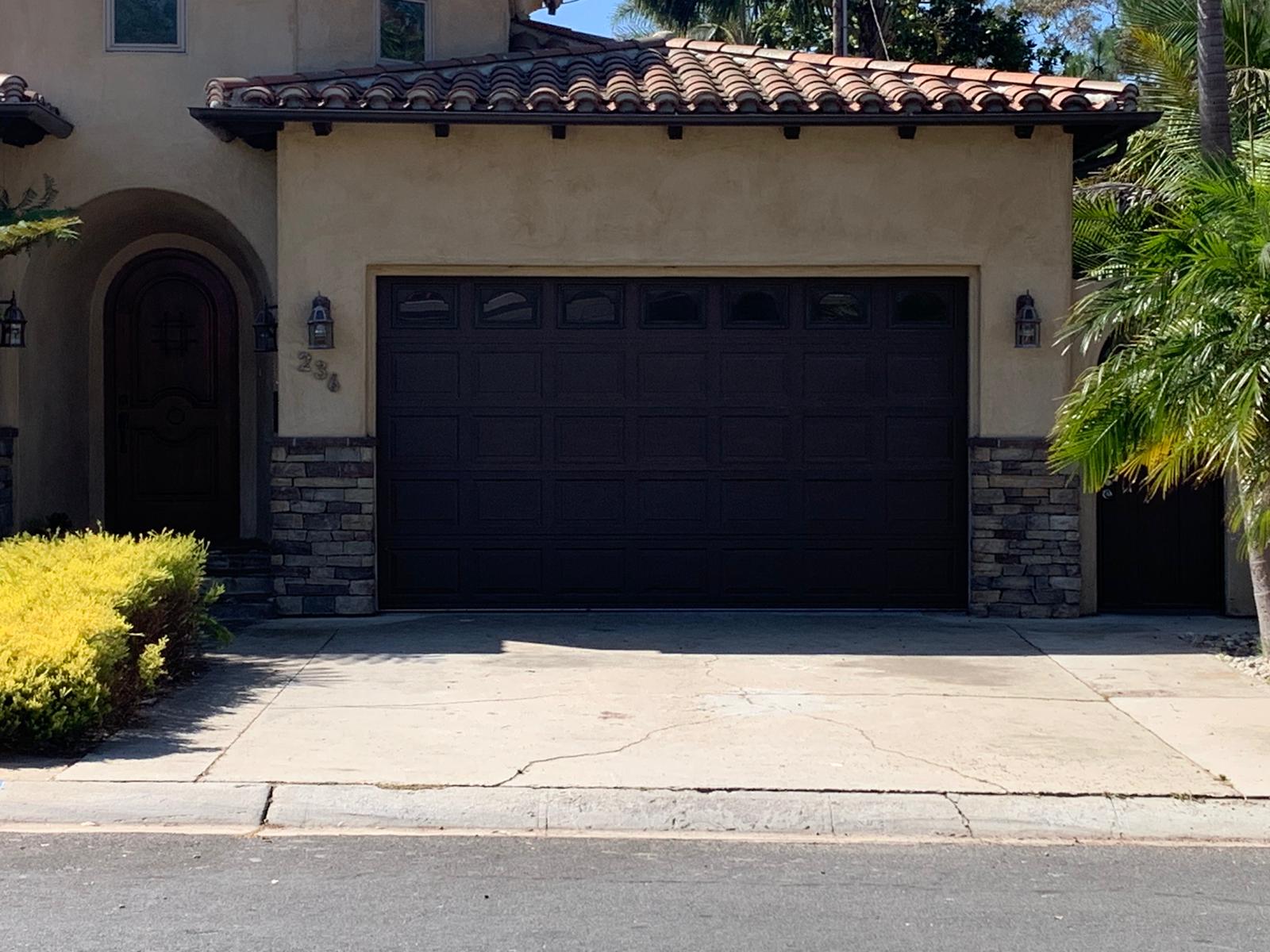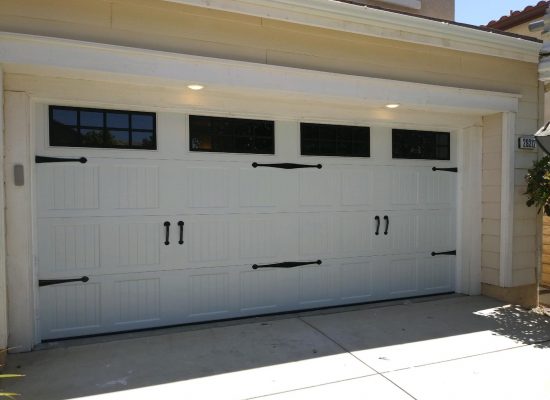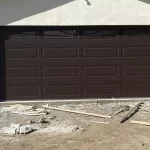Is your garage door making weird noises or not operating smoothly? It’s time to give it some tender love and care by greasing it up! Greasing a garage door is an essential maintenance task that can prevent costly repairs and extend its lifespan. Don’t worry, it’s easier than you think. Let’s dive into the step-by-step process of how to grease a garage door and ensure it glides effortlessly.
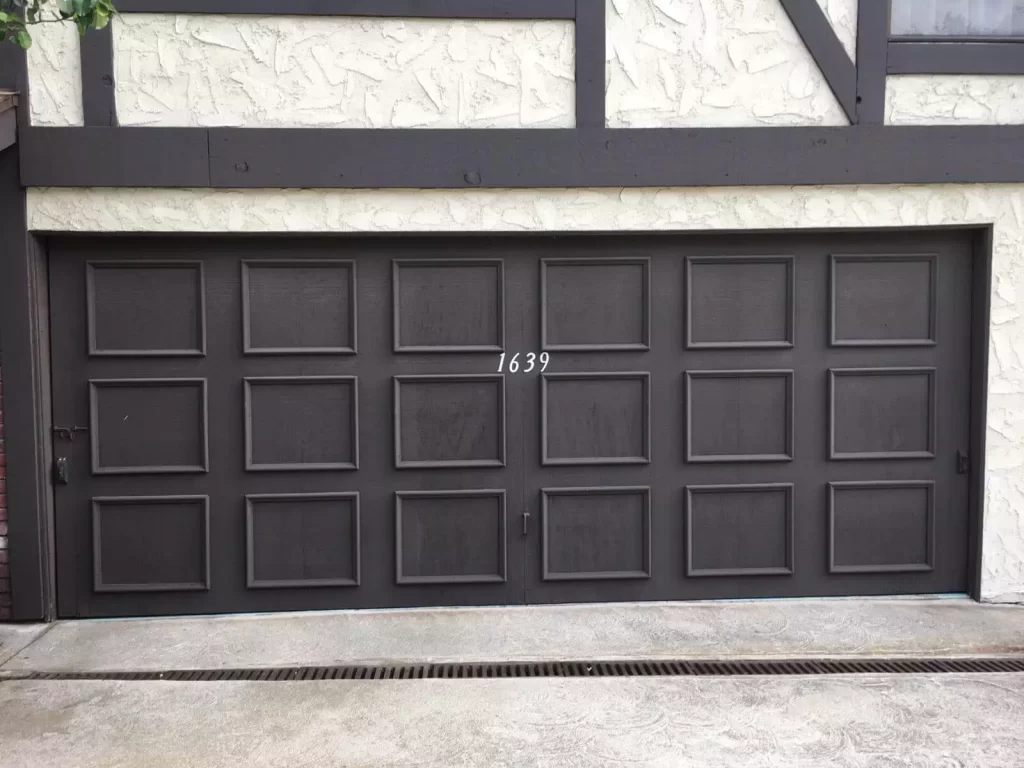
Content
Tools and Materials Needed
To successfully grease your garage door, you’ll need a few essential tools and materials. Don’t worry, these items are easily accessible and won’t break the bank. Let’s dive into what you’ll need:
Lubricant
The star of the show! You’ll need a high-quality Garage door replacement Windsor lubricant specifically designed for the task. Look for a silicone-based or lithium-based lubricant as they provide excellent lubrication and protection against rust.
Cleaning Cloth
Before applying the lubricant, it’s crucial to clean the garage door thoroughly. Grab a soft cleaning cloth that won’t scratch the surface. A microfiber cloth works wonders to remove any dirt, debris, or old grease buildup.
Safety Gloves
Safety first! Protect your hands by wearing a pair of safety gloves. They’ll shield your skin from any potential accidents or irritations that may arise during the greasing process.
Ladder or Step Stool
Since garage doors are usually installed overhead, you’ll need a sturdy ladder or step stool to reach the higher parts. Ensure the ladder is stable and secure before climbing up to avoid any accidents.
Safety Glasses (Optional)
While not mandatory, it’s a good idea to wear safety glasses to protect your eyes from any debris that might fall during the cleaning or greasing process.
Preparing the Garage Door
Before diving into the greasing process, it’s essential to prepare your garage door properly. Taking a few moments to prepare will ensure a smoother and safer greasing experience. Let’s get started:
Disconnect Power and Ensure Safety
First and foremost, safety should be your top priority. To avoid any accidents or injuries, disconnect the power to your garage door opener. Locate the power source or unplug it from the electrical outlet. This step is crucial to prevent the door from accidentally opening or closing while you’re working on it.
Secure the Garage Door
To ensure stability and prevent any unexpected movement, secure the garage door in its open position. You can use clamps or locking pliers to hold the door securely in place. This step will provide you with a stable working environment, allowing you to focus on greasing without worrying about the door unexpectedly closing.
Inspect for Damage
While preparing the garage door, take a moment to inspect it for any signs of damage or wear. Look for loose screws, broken hinges, or damaged rollers. If you notice any significant issues, it’s best to address them before proceeding with the greasing process. Repairing any damages now will help maintain the door’s functionality and prevent further problems down the line.
Step-by-Step Greasing Process
Now that you’ve prepared your garage door, it’s time to dive into the greasing process. Following these step-by-step instructions will ensure a smooth and effective application of lubricant. Let’s get started:
Identify the Points
Carefully inspect your garage door and identify the points that require lubrication. These points typically include hinges, rollers, tracks, springs, and bearings. Take a moment to familiarize yourself with these areas before proceeding.
Clean the Identified Points
Before applying the lubricant, it’s crucial to clean the identified points. Use a cleaning cloth to remove any dirt, debris, or old grease buildup. This step ensures that the lubricant can penetrate effectively and provide optimal performance.
Apply the Lubricant
Take your lubricant and apply it to each identified point. Start by applying a small amount of lubricant to the hinges, rollers, and tracks. Move the garage door up and down a few times to distribute the lubricant evenly. Remember, using the right amount of grease is important. Avoid over-greasing, as it can attract more dirt and cause sticky residue buildup.
Address the Springs and Bearings
Next, focus on the springs and bearings. Apply a small amount of lubricant to the springs, being careful not to overdo it. For the bearings, consult the manufacturer’s guidelines as some may require specific lubricants or professional maintenance.
Wipe off Excess Grease
After applying the lubricant, use a clean cloth to wipe off any excess grease. This step prevents excessive buildup and helps maintain a clean and smooth operation of your garage door.
Conclusion
Greasing your garage door is a simple yet essential maintenance task that can prolong its lifespan and ensure smooth operation. By following the step-by-step process, identifying the points, applying the right amount of lubricant, and practicing safety precautions, you’ll keep your garage door functioning flawlessly for years to come.
FAQs
Can I use any type of lubricant on my garage door?
It is recommended to use a silicone-based lubricant specifically designed for garage doors. This type of lubricant provides optimal performance and doesn’t attract dirt or debris.
How often should I grease my garage door?
Ideally, you should grease your garage door at least once a year. However, if you notice any signs of stiffness or hear unusual noises, it may be necessary to grease it more frequently.
Is it necessary to clean the identified points before applying lubricant?
Yes, it is crucial to clean the identified points before applying lubricant. Cleaning removes dirt, debris, and old grease, allowing the new lubricant to penetrate effectively and provide optimal performance.
Can I use WD-40 as a substitute for a garage door lubricant?
While WD-40 can provide temporary lubrication, it is not recommended as a long-term solution for garage doors. It tends to attract dirt and can cause sticky residue buildup. It’s best to use a silicone-based lubricant specifically designed for garage doors.
How much lubricant should I apply to each identified point?
It’s important to use the right amount of lubricant. Apply a small amount to each identified point, ensuring even distribution. Avoid over-greasing, as it can attract more dirt and cause sticky residue buildup.

My name is Gwen Elmore. I post about home improvement ideas and how to make your home look beautiful and liveable. I hope my posts will help you with your DIY projects!

